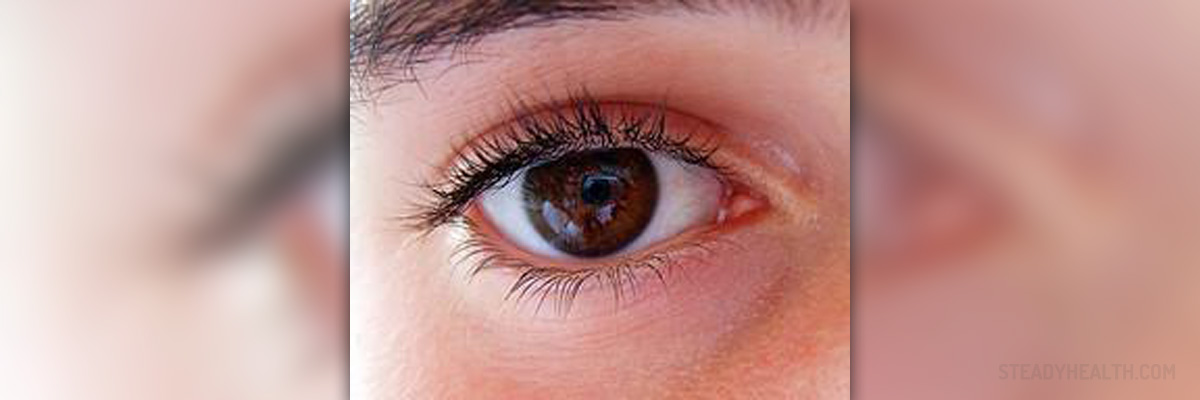
Retina is a crucial part of our eye, playing a very important role in the process of our visual perception of the world around you. It is also a very delicate part of the eye and various situations can lead to its damage, resulting in visual impairment.
Therefore, if you have been diagnosed with certain retinal disorders, or you simply want to learn how to recognize these and react timely, the lines below will provide you with all the information you need.
Definition of the Retina
The retina is the inner coating of the eye, inside which the light-sensitive nerve cells are located, along with the nervous fibers which deliver information to the brain via the optical nerve. A special gel inside the eye keeps the pressure adequate for disallowing the retina to leave its proper position.
Taking into consideration that retinal diseases are, in most cases, inherited, you need to be aware of the possibilities related to this occurrence. Basically, one pattern of inheritance involves the retinal disease being inherited from a single parent who also suffers from this kind of problem. If this is the case, the fetus has 50% of chances of developing the retinal disease.
On the other hand, if both parents are free from the faulty gene, the chances of their child developing any retinal diseases is about 25%. Finally, as far as mothers are concerned, they mainly transfer the disease onto their male children, again with 50% chances of affecting them.
Characteristics
There are several major categorizations which are directed towards retinal diseases. First of all, two major divisions exist. One is that the retina may appear normal, not showing any signs of diseases or other sorts of problems. If this is the case, the underlying diseases could be bilateral decreased vision, purposeless, involuntary or rhythmic eye movements and potentially others which appear through the abnormal ERG results.
Additionally, the retina may appear normal in case of a group of conditions referred to as Lebers Congenital Amaurosis, leading to severely or completely impaired vision, slow, abnormal movements of the eye, extreme farsightedness and a flat ERG. Sometimes, the patients diagnosed with these problems have kidney, brain or heart disorders too.
Cone dystrophies may be present as well, manifesting through medium or mild vision loss, light sensitivity and mild presence of abnormal movements. Also, this condition results in a decreased vision of colors. This group of symptoms is usually not related to any underlying conditions affecting other organs in the body.
Finally, congenital stationary night blindness is yet another group of symptoms which do not appear on the retina itself. Here, a rod distrophy affects boys only, leading to night blindness, twitches of the eye, some degree of visual impairment and nearsightedness. Moreover, this group of symptoms are considered to be genetically inherited.
As for the retinal diseases which do lead to visible changes in the retina, there are three main categories of these. Firstly, there are the congenital and acquired structural abnormalities, manifesting through a presence of a hole or a cleft in the retina, usually being connected to blindness or even mental retardation or deafness in some genetically transferred cases.
Sticklers syndrome belongs to this category too, leading to retinal detachment and the development of glaucoma. Other conditions which may appear under this category too are retinis pigmentosa, standing for the deterioration of the light-sensitive cells and retinal blastoma, being the tumor inside the eye.
The second category encompasses traumatic retinal detachment or hemorrhage. Basically, here, the retina has been cut off its blood supply, having its function and health jeopardized. This can take place once a baby is shaken violently, after head injuries or some other damages of the visual pathways located in the brain.
Finally, infections can lead to visually detectable retinal diseases. Toxoplasmosis, toxocara, herpes and the cythomegalovirus, all can trigger this form of retinal damage, affecting many other aspects of one's health at the same time.
Adaptations and Teaching Strategies
In order for a child to be properly diagnosed and treated in cases of retinal diseases, a whole team of experts need to work together, including teachers, ophthalmologists, the child him/herself, parents and optometrists. Taking into consideration that seating, glare, lighting, some traits of toys and various other factors, all can influence the development of one's retinal condition, each of these factors is crucial for the development of a proper recovery program.
Initially, the condition which is present in a child needs to be diagnosed timely. Tinted lenses need to be used in cases of rod distrophies or light sensitivity, and the very fact of the child's sensitivity to light changes needs to be taken very seriously. Therefore, sometimes, hats and visors may be a necessity and, through trial and error, the right combination may be found.
It should be kept in mind that the vision of the child may vary during every day, especially when he/she moves from one lighting situation to another. All in all, each aspect of the child with retinal diseases needs to be taken into consideration and each single requirement needs to be properly met, from reading, through playing, all the way to everyday life and perception.
Today, in the US, 1,800,000 people suffer from some forms of visual impairment related to the retina. Moreover, 3% of all cases of retinoblastoma are related to cancer and 100,000 US citizens suffer from retinitis pigmentosa, potentially leading to blindness.
To sum up, there are many types of retinal diseases and a vast majority of these is genetically inherited, following certain patterns of inheritance. Nevertheless, it is very important to notice these conditions timely and provide proper treatment while there are still chances of vision preservation.




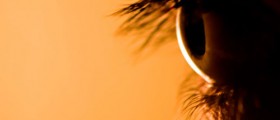

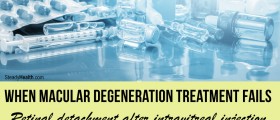



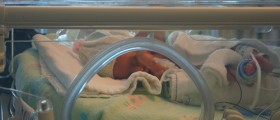
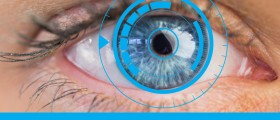



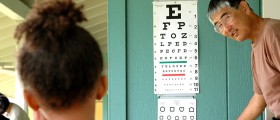
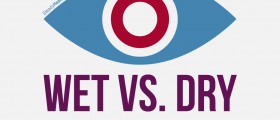
Your thoughts on this
Loading...